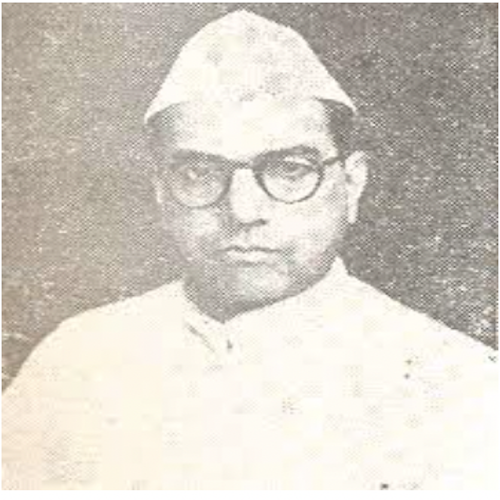Early Life
Shriman Narayan Agarwal was born on 15 June 1912 at Etawah in present-day Uttar Pradesh. He studied at the A.P. Mission High School and went on to pursue higher education at Agra College and University of Allahabad (M.A. in English and Economics).
He was appointed the Principal of Seksaria College of Commerce in Wardha, Madhya Pradesh.
Agarwal travelled extensively as a part of an educational tour and that included China, Japan, Belgium, France, Hawaii and United States of America.
He was an avid writer and published poetry in both Hindi and English. His other hobbies included gardening.
Role in Indian Independence Movement
Agarwal was immensely inspired by MK Gandhi and joined the Indian independence movement at a young age. He was a member of the Working Committee of Indian Youth Congress. Agarwal then enrolled as a member of the Indian National Congress. In 1942, he was imprisoned for his involvement in the Quit India Movement. He was also influenced by Vinobha Bhave who was an Indian philosopher know for land re-distribution efforts.
Agarwal was educationist and worked on many educational programs and policies. He was the Secretary of the University Section, All India Education Conference. He also served as the member of the All India Board of Technical Studies and Business Administration (1948). Agarwal was appointed as the Dean of the Faculty of Commerce, Nagpur University (1951).
In 1946, Agarwal wrote and published the Gandhian Constitution of Free India based on Gandhian ideas. Gandhi was not involved in writing the book, though he agreed with everything it contained and even wrote a foreword.
Contribution to Constitution Making
Agarwal was elected to the Constituent Assembly in 1948 from Madhya Pradesh on a Congress party ticket. He did not participate in the Assembly debates.
Later Contributions
After India became independent, Agarwal continued to work in the education sector. He was the member of Education Reconstruction Committee, Government of Madhya Pradesh (1951-52), State Planning Board, Madhya Pradesh (1951).
At the Union, he played a key role crucial role in the Planning Commission and drafting the Five-year plans. In 1951 Agarwal was appointed as a member of the Social Welfare Panel, Planning Commission, Government of India,
Agarwal was elected as the first member of Parliament from Kanpur to the Lok Sabha in 1952. He was later appointed as the Governor of Gujarat (1967-73).
He passed away in 1974.
Key Writings
Most of Agarwal’s work was based on Gandhian principles. Agarwal preferred a decentralised economic framework with a self-sustained village model. He was also interested in poetry. His key works include:
- Gandhian Constitution for Free India, 1946
- Gandhian Plan of Economic Development for India, 1944 – This plan focused on agriculture.
- Fountain of Life (1933): A collection of English Poems
- The Two Worlds: An account of his world tour
- Roti Ka Rag (Collection of Hindi Poems)
- Jugnoo: Short Essays in Hindi
- Article titled Aap bhale to jag bhala which is studied in schools even today.
- Audio clippings from an interview of Shriman Narayan Agarwal by Uma Shanker
- Who’s Who 1952 (Parliament Secretariat, December 1952)

